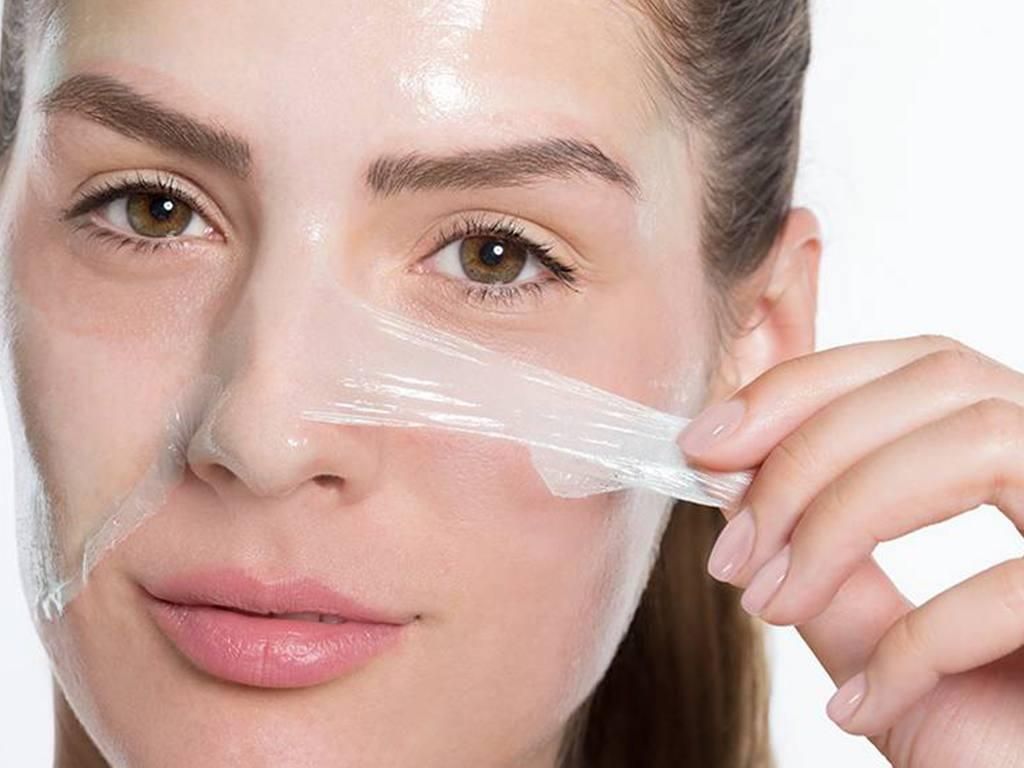This can help to improve the appearance of fine lines, wrinkles, and acne scars. Face peels can also help to regulate oil production and unclog pores.
As a result, they are often used as part of a skincare routine for those with oily or acne-prone skin. There are various types of face peels, and the best one for you will depend on your skin type and concerns. A professional facialist can help you choose the right peel for your needs.
The different types of face peels available
When it comes to facial treatments, there is a wide variety of options to choose from. One popular treatment is face peeling, which can help to improve the appearance of the Skin Aesthetics by removing dead skin cells, revealing new growth beneath. There are some different types of peels available, each with its own set of benefits. For example, glycolic acid peels are often used to treat acne, as they help to remove the build-up of dead skin cells that can clog pores. Salicylic acid peels, on the other hand, are better suited for those with sensitive skin, as they are less likely to irritate. No matter what your skin type, there is a face peel that can help you achieve healthier, more youthful-looking skin.
How to choose the right type of peel for your skin?
Many types of peels are available on the market today, each with its use benefits. So, how do you choose the right peel for your skin? The first step is to identify your skin type. If you have sensitive skin, you will want to avoid any peels that are too harsh. Similarly, if you suffer from acne or other skin aesthetics, you will want to choose a specifically designed peel to address those issues.
Once you know your skin type, you can start to narrow down your options. If you are looking for a general all-over glow, a glycolic acid peel may be the right choice. For those seeking more targeted results, lactic acid peels can help to reduce fine lines and wrinkles, while salicylic acid peels are ideal for treating acne breakouts. Ultimately, the best way to choose a peel is to consult with a skincare specialist who can help you select the right product for your individual needs.
What can you expect after your peel treatment ?
A chemical peel is a cosmetic procedure used to improve the appearance of the skin. A chemical solution is given to the skin during a chemical peel, forcing it to peel off and show the fresh, imperfect-free skin beneath. Chemical peels can be performed on the face, neck, chest, back, or hands. The type of peel and the strength of the solution will determine how many layers of skin are removed.
After a chemical peel, the treated area will be covered with a bandage or gauze. It is essential to keep the site clean and dry to prevent infection. The treated area will be sensitive to sunlight, so it is necessary to apply sunscreen and avoid sun exposure. Peeling usually begins within three to five days after the treatment and may last for up to two weeks. The new skin that is revealed after peeling is typically smoother and younger-looking.
The risks and side effects associated with face peeling treatments
Although a Face Peeling Treatment is becoming increasingly popular, there are risks and side effects associated with these procedures. The most common side effect is skin irritation, which can lead to redness, swelling, and even blistering. The offense can sometimes be severe enough to cause an allergic reaction. There is also a risk of scarring, primarily if the treatment is not performed correctly. In addition, face peeling treatments can cause temporary changes in skin color, and they may make the skin more sensitive to sunlight. As with any cosmetic procedure, it is essential to consult with a dermatologist before undergoing a face peeling treatment.
Go for Skin Envy if you are looking for a safe and effective way to improve the look of your skin, Skin Envy is the perfect choice. They offer a range of chemical peels that are designed to improve the appearance of skin, reduce wrinkles and fine lines, even out skin tone and texture, and improve overall skin health.































